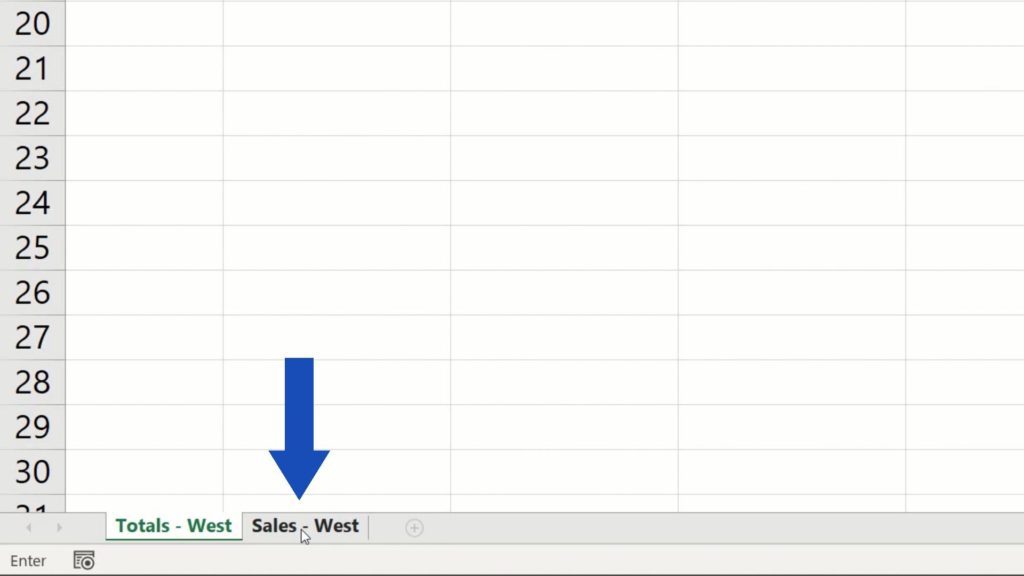
So, if we type =B1+B2 into the cell B3 and then drag or copy-paste the same formula into the cell C3, a relative reference would automatically adjust the formula to =C1+C2.

It applies the summation formula for B1 and B2 cells instead. When we copy A3 and move one cell to the right and paste it onto cell B3, the formula automatically adapts itself and changes to become B3 = B1+B2. We could achieve the same result by right-clicking on cell A3 and use the Copy option.Īnd after that, we move to the next cell, B3 and right-click and select “Formulas (f)”. So, when we copy the contents of cell A3 and paste in B3 or drag the contents of cell A3 and paste in B3, the formula gets copied, not the result. Or we could simply copy the formula from cell A3 and paste it into cell B3 (it would work if we drag the formula from A3 to B3 also). Here we physically write the formula to add the two cells B1 and B2 in B3 to get the result of 30. We can achieve this in two different ways: Cell B1 and B2 have two numbers, and we wish to have the sum in B3. Now suppose, we have a similar scenario in the next column (“B”).

#How to link cells in excel in both directions how to
Let us now see how to use the Relative Reference in Excel with the help of some examples. This Relative Reference is very simple easy to use.

In order to successfully achieve results in Excel, it is critical to be able to use relative and absolute references in the right way. Relative references can alter themselves and adjust as you copy and paste them absolute references, contrarily, do not. The demarcation between these two distinct reference types is the different inherent behavior when your drag or copy and paste them to different cells. When we reference cells like this, we can achieve it with any of the two “reference types”: absolute and relative. When this cell reference is duplicated to a different location, the cell’s relative references correspondingly also changes automatically. Whenever Excel comes across a cell reference, it visits the particular cell, extracts out its value, and uses that value in whichever formula that you’re writing. A cell reference may come in the form B2, where B corresponds to the tcell cell column letter in question and 2 represents the row number. Every time a value is entered into a formula, such as SUMIFS, it is possible to input into Excel a “cell reference” as a substitute for a hard-coded number. Relative references refer to a cell or a range of cells in excel.

Excel functions, formula, charts, formatting creating excel dashboard & others What is the Relative Reference in Excel?


 0 kommentar(er)
0 kommentar(er)
